مقاييس تدفق الهواء
- السرعة: السرعة التي يتحرك بها الهواء عبر نظام ما.
- معدل التدفق الحجمي: حجم الهواء الذي يتحرك عبر نظام ما مع مرور الوقت.
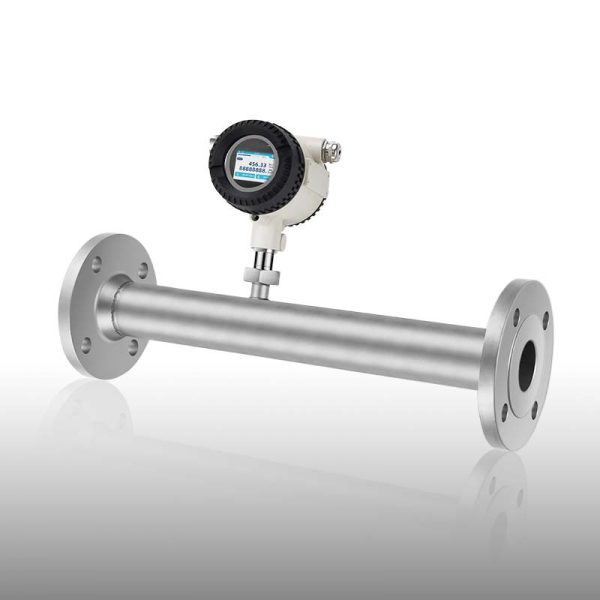
مقياس التدفق الكتلي الحراري المقاوم للانفجار (MT212-Ex)
- نسبة دوران عريضة للغاية 1:2500
- يمكن أن يصل حد القياس المنخفض إلى 0.1 نيوتن متر/ثانية
- فئة مقاومة للانفجار: Ex db IIC IIC T6 Gb / Ex tb IIIC T80°CDb
الدقة
قياسي: ±(1.5% RD + 0.3% FS)، اختياري: ±1% RD
نطاق القياس
0.06 إلى 2171 نيوتن متر مكعب/ساعة
نطاق درجة الحرارة المتوسطة
-40 إلى 176 درجة فهرنهايت (-40 إلى 80 درجة مئوية)
الحد الأقصى. ضغط العملية
63 بار (913.74 رطل لكل بوصة مربعة)
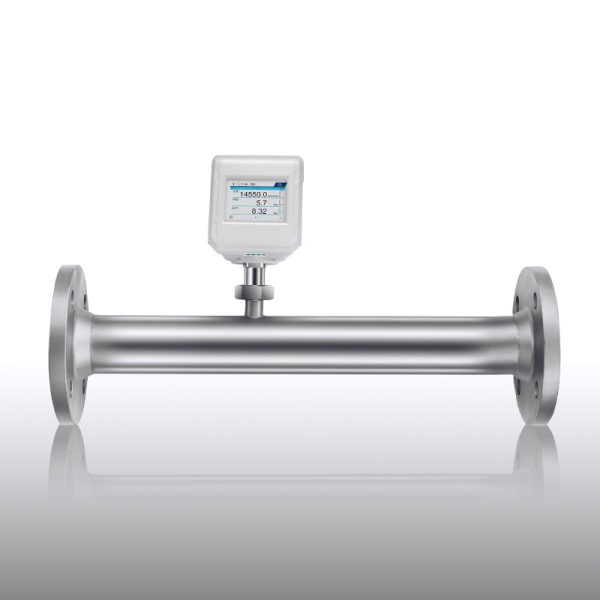
مقياس التدفق الكتلي الحراري الممتاز (MT212x)
- يزيل انحراف نقطة الصفر ويوفر قياسات دقيقة للغاية.
- تطبيق الهاتف المحمول عبر البلوتوث لعرض البيانات والقيام بالتهيئة عن بُعد.
الدقة
قياسي: ±(1.5% RD + 0.3% FS)، اختياري: ±1% RD
نطاق القياس
0.06 إلى 2171 نيوتن متر مكعب/ساعة
نطاق درجة الحرارة المتوسطة
-40 إلى 302 درجة فهرنهايت (-40 إلى 150 درجة مئوية)
الحد الأقصى. ضغط العملية
63 بار (913.74 رطل لكل بوصة مربعة)
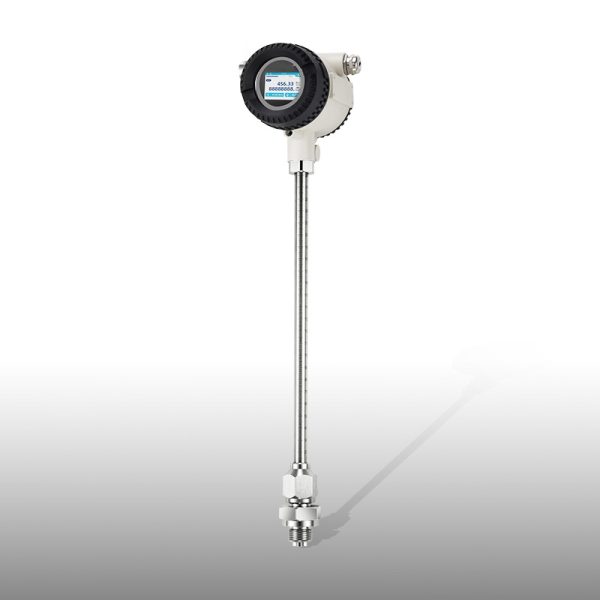
مقياس التدفق الحراري الكتلي الحراري المقاوم للانفجار (MT211-Ex)
- DN 20 إلى 300 (3/4 بوصة إلى 12 بوصة)
- يتراوح نطاق القياس من 0.1 نيوتن متر/ثانية إلى 250 نيوتن متر/ثانية.
- فئة مقاومة للانفجار: Ex db IIC IIC T6 Gb / Ex tb IIIC T80°CDb.
الدقة
قياسي: ±(1.5% RD + 0.3% FS)، اختياري: ±1% RD
نطاق القياس
0.1 إلى 63617 نيوتن متر مكعب/ساعة
نطاق درجة الحرارة المتوسطة
-40 إلى 176 درجة فهرنهايت (-40 إلى 80 درجة مئوية)
الحد الأقصى. ضغط العملية
63 بار (913.74 رطل لكل بوصة مربعة)
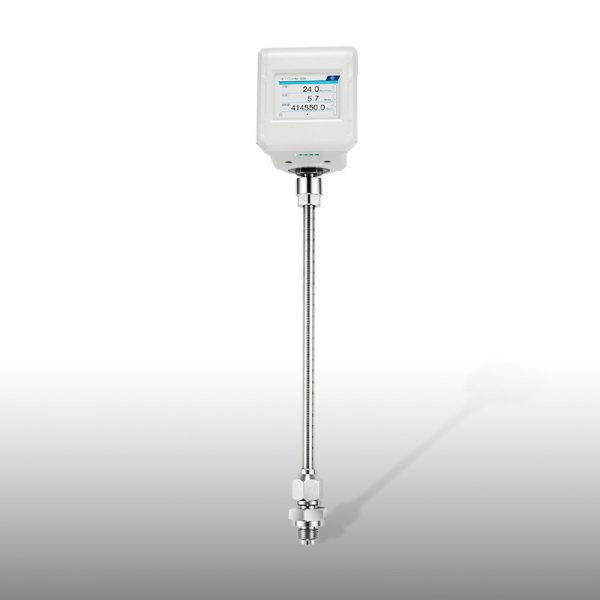
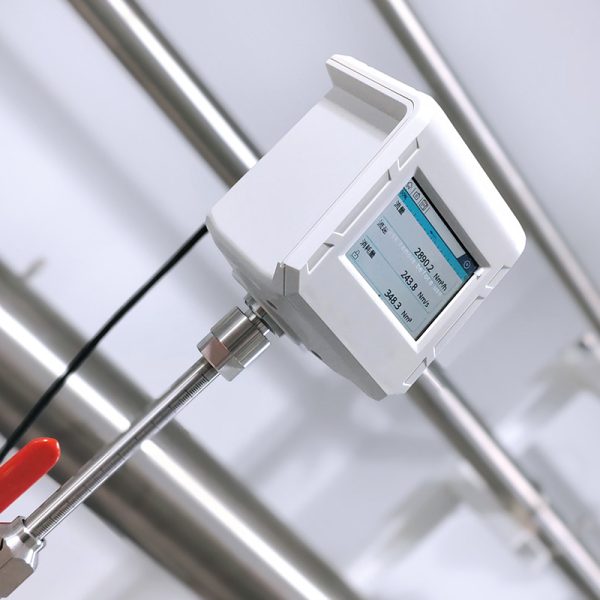
مقياس التدفق الحراري الكتلي الحراري بالإدخال المتميز (MT211x)
- نسبة دوران عريضة للغاية 1:2500
- DN 20 إلى 300 (3/4 بوصة إلى 12 بوصة)
- يتراوح نطاق القياس من 0.1 نيوتن متر/ثانية إلى 250 نيوتن متر/ثانية.
الدقة
قياسي: ±(1.5% RD + 0.3% FS)، اختياري: ±1% RD
نطاق القياس
0.1 إلى 63617 نيوتن متر مكعب/ساعة
نطاق درجة الحرارة المتوسطة
-40 إلى 302 درجة فهرنهايت (-40 إلى 150 درجة مئوية)
الحد الأقصى. ضغط العملية
63 بار (913.74 رطل لكل بوصة مربعة)
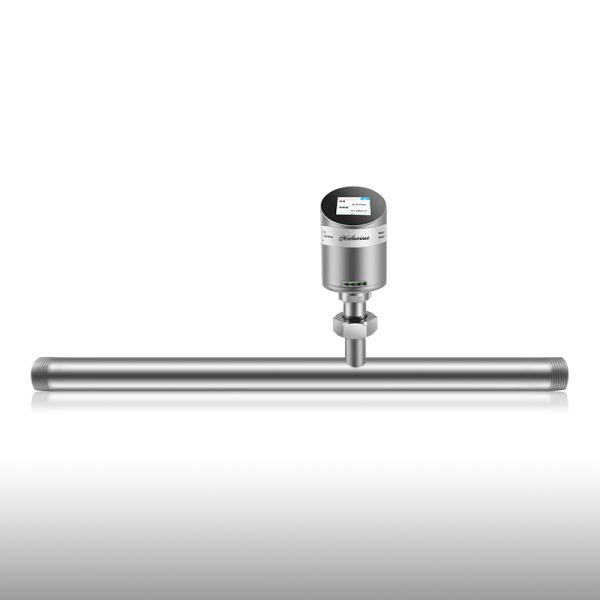
مقياس التدفق الكتلي الحراري (MT222x)
- حجم الأنبوب: DN15 إلى 80
- نسبة دوران عريضة للغاية 1:2500
- يزيل انحراف نقطة الصفر ويوفر قياسات دقيقة للغاية.
الدقة
قياسي: ±(1.5% RD + 0.3% FS)، اختياري: ±1% RD
نطاق القياس
0.06 إلى 2171 نيوتن متر مكعب/ساعة
نطاق درجة الحرارة المتوسطة
-40 إلى 302 درجة فهرنهايت (-40 إلى 150 درجة مئوية)
الحد الأقصى. ضغط العملية
63 بار (913.74 رطل لكل بوصة مربعة)
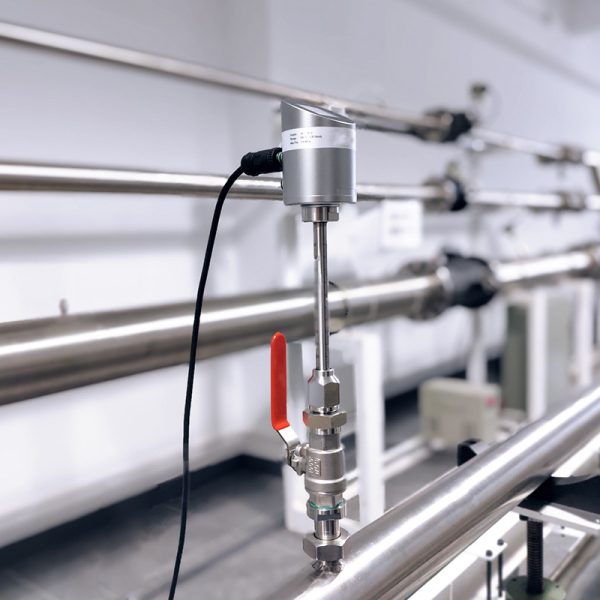
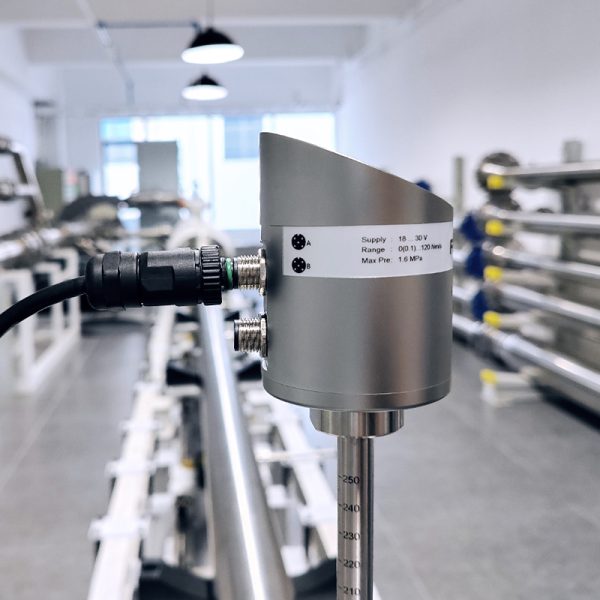
مقياس التدفق الكتلي الحراري الإدخالي (MT221x)
- حجم الأنبوب: DN20 إلى 300
- نسبة دوران عريضة للغاية 1:2500
- يتراوح نطاق القياس من 0.1 نيوتن متر/ثانية إلى 250 نيوتن متر/ثانية.
الدقة
قياسي: ±(1.5% RD + 0.3% FS)، اختياري: ±1% RD
نطاق القياس
0.1 إلى 63617 نيوتن متر مكعب/ساعة
نطاق درجة الحرارة المتوسطة
-40 إلى 302 درجة فهرنهايت (-40 إلى 150 درجة مئوية)
الحد الأقصى. ضغط العملية
63 بار (913.74 رطل لكل بوصة مربعة)
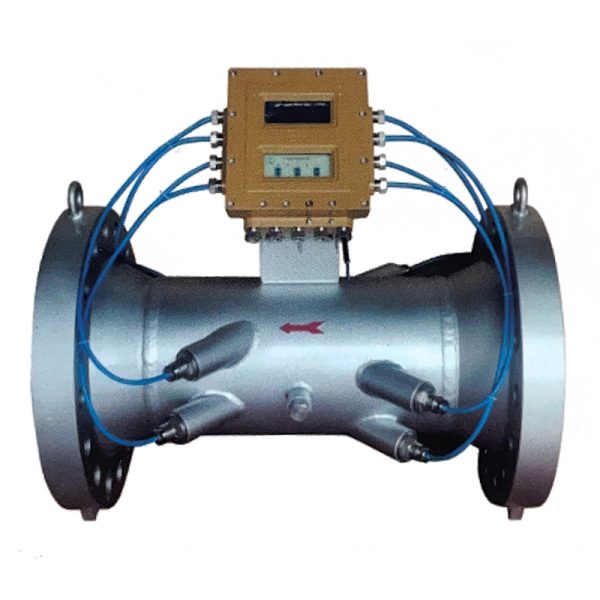
مقياس تدفق الغاز عالي الدقة بالموجات فوق الصوتية (MTS-LYNSB)
الدقة
± 0.51 تيرابايت 3 تيرابايت؛ ± 11 تيرابايت 3 تيرابايت؛ ± 1.51 تيرابايت 3 تيرابايت
نطاق القياس
1 إلى 11000 متر مكعب/ساعة
نطاق درجة الحرارة المتوسطة
≤65 درجة مئوية (149 درجة فهرنهايت)
الحد الأقصى. ضغط العملية
420 بار (6090psig)
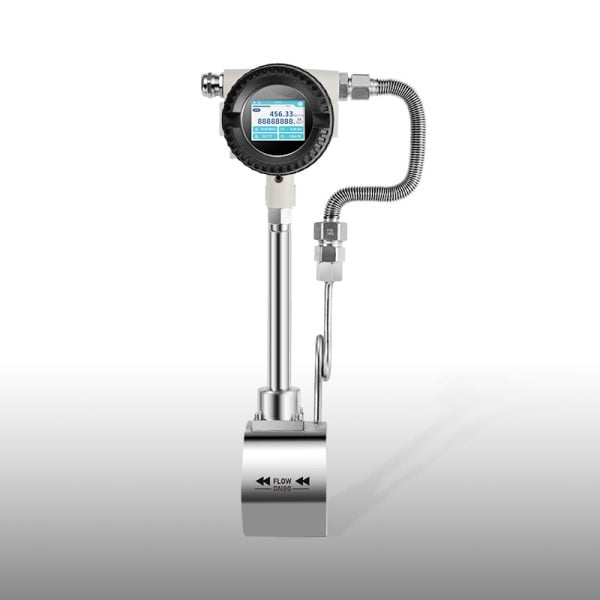
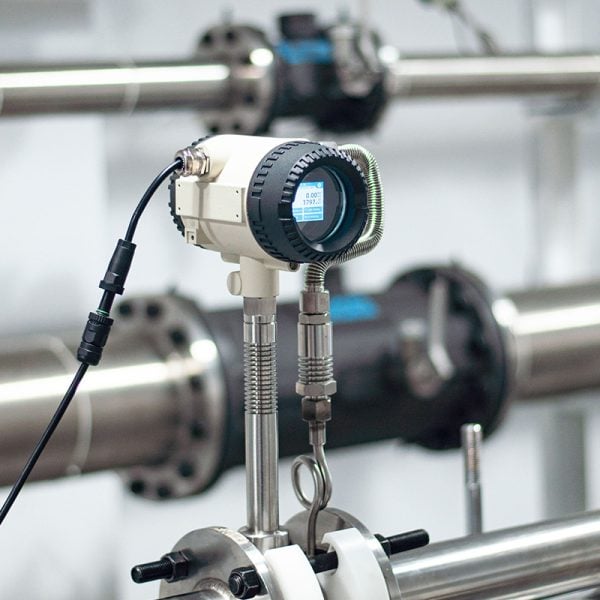
Steam Vortex Flow Meter Anti-vibration (LUGBMT-VS)
الدقة
سائل/غاز/بخار: ±1 1 %
نطاق القياس
Steam/Gas: 3.5 to 20347.2 m³/h
نطاق درجة الحرارة المتوسطة
Standard: –40 to +160 °C
High/low temperature (option): –180 to +350 °C
الحد الأقصى. ضغط العملية
63 بار (913.74 رطل لكل بوصة مربعة)
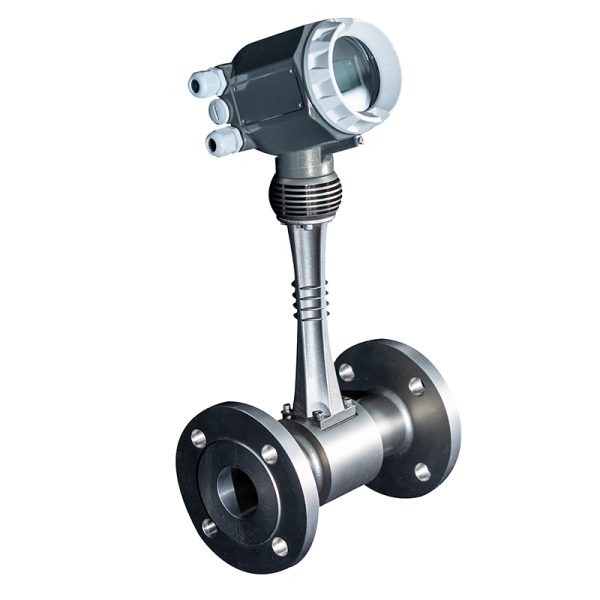
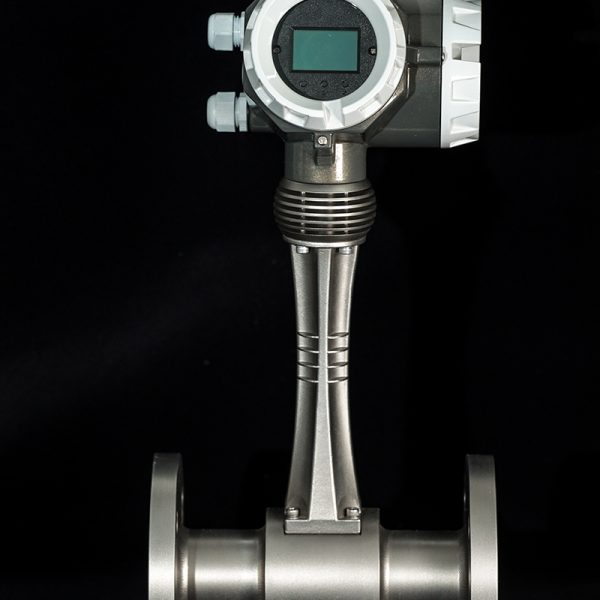
أجهزة قياس التدفق الدوامي (LUGBMT-100)
الدقة
سائل/غاز/بخار: ±1 1 %
نطاق القياس
السائل: 0.8 إلى 3500 متر مكعب/ساعة
البخار، الغاز: من 5 إلى 18000 متر مكعب/ساعة
نطاق درجة الحرارة المتوسطة
قياسي: -40 إلى +260 درجة مئوية (-40 إلى +480 درجة فهرنهايت)
درجة حرارة عالية/منخفضة (اختياري): -200 إلى +400 درجة مئوية (-328 إلى +750 درجة فهرنهايت)
الحد الأقصى. ضغط العملية
100 بار (1450.38 رطل/بوصة مربعة)
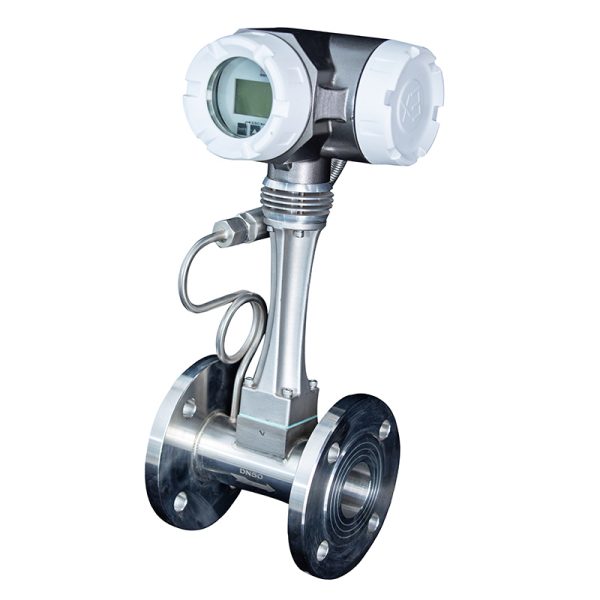
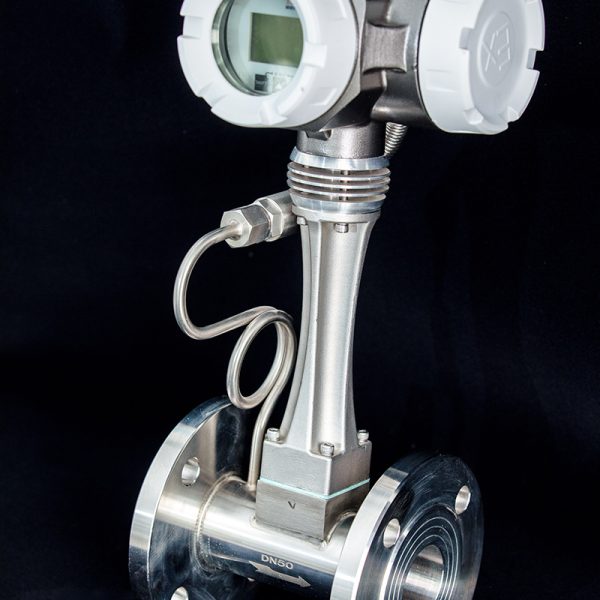
مقاييس التدفق الدوامي مع تعويض درجة الحرارة والضغط (LUGBMT-C)
الدقة
سائل/غاز/بخار: ±1 1 %
نطاق القياس
السائل: 0.8 إلى 3500 متر مكعب/ساعة
البخار، الغاز: من 5 إلى 18000 متر مكعب/ساعة
نطاق درجة الحرارة المتوسطة
قياسي: -40 إلى +260 درجة مئوية (-40 إلى +480 درجة فهرنهايت)
درجة حرارة عالية/منخفضة (اختياري): -200 إلى +350 درجة مئوية (-328 إلى +660 درجة فهرنهايت)
الحد الأقصى. ضغط العملية
100 بار (1450.38 رطل/بوصة مربعة)
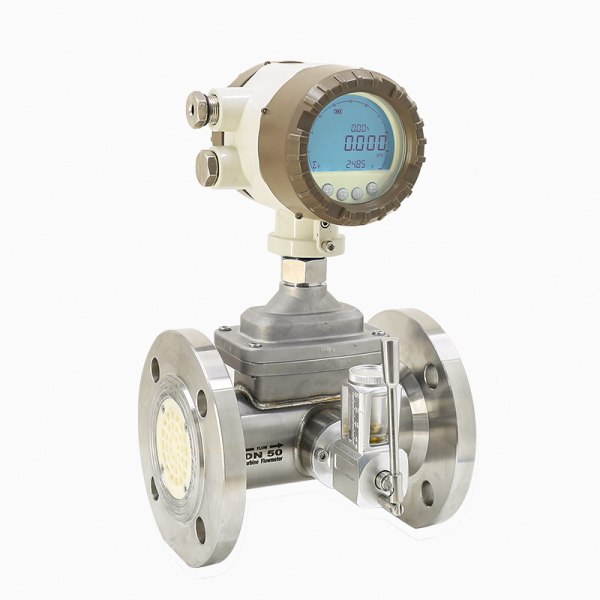
مقاييس تدفق الغاز التوربينية عالية الدقة (LWGYMT-ES)
الدقة
± 1.01 تيرابايت 3 تيرابايت؛ ± 1.51 تيرابايت 3 تيرابايت
نطاق القياس
4 إلى 13000 متر مكعب/ساعة
نطاق درجة الحرارة المتوسطة
قياسي: -25 درجة مئوية ~ +55 درجة مئوية (-13 إلى +131 درجة فهرنهايت)
الحد الأقصى. ضغط العملية
63 بار (913.74 رطل لكل بوصة مربعة)
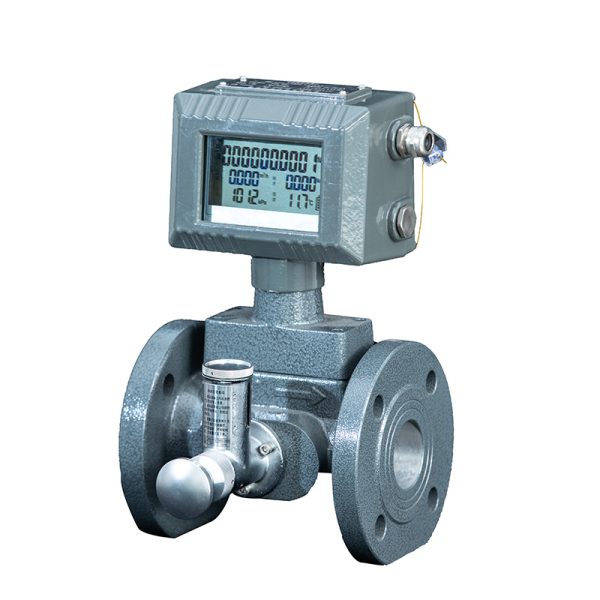
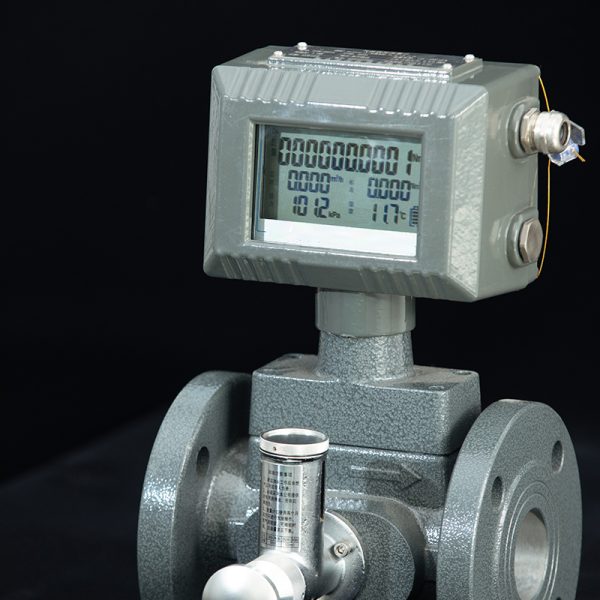
مقاييس تدفق التوربينات الغازية \ (LWGYMT-G)
الدقة
± 1.5 %
نطاق القياس
2 إلى 1000 متر مكعب/ساعة
نطاق درجة الحرارة المتوسطة
المعيار: -20 إلى 120 درجة مئوية (-4 إلى +248 درجة فهرنهايت)
الحد الأقصى. ضغط العملية
63 بار (913.74 رطل لكل بوصة مربعة)
عوامل يجب مراعاتها عند اختيار أجهزة قياس تدفق الهواء
-
نوع التطبيق
قد تتطلب التطبيقات المختلفة أنواعًا مختلفة من عدادات تدفق الهواء. على سبيل المثال، قد تتطلب العمليات الصناعية عدادات قوية يمكنها التعامل مع الضغوط العالية، بينما قد تعطي أنظمة التدفئة والتهوية وتكييف الهواء الأولوية للدقة في معدلات التدفق المنخفضة. -
نطاق التدفق
من الضروري فهم نطاق التدفق المتوقع. فبعض المقاييس تعمل بشكل جيد في معدلات التدفق المنخفضة، في حين أن البعض الآخر مناسب للتطبيقات ذات الحجم الكبير. يعد اختيار مقياس يمكنه القياس بدقة ضمن نطاق التدفق في نظامك أمرًا بالغ الأهمية للحصول على أداء موثوق به. -
طريقة القياس
تستخدم أنواع مختلفة من أجهزة قياس تدفق الهواء طرقًا مختلفة لقياس التدفق، مثل الضغط التفاضلي أو التشتت الحراري أو الإزاحة الإيجابية. يمكن أن يؤثر اختيار الطريقة على الدقة ومتطلبات التركيب والصيانة. -
بيئة التثبيت
ضع في اعتبارك بيئة التركيب المادية. بعض مقاييس التدفق حساسة لدرجة الحرارة أو الضغط أو اتجاه التركيب. تأكد من أن المقياس المختار يمكن دمجه في الإعدادات الحالية دون تعديلات كبيرة. -
الدقة والمعايرة
الدقة أمر بالغ الأهمية، خاصة في التطبيقات التي تنطوي على مراقبة الطاقة أو التحكم في الانبعاثات أو الفوترة. قم بتقييم مواصفات دقة مقياس التدفق وفكر في عدد المرات التي ستكون المعايرة ضرورية. -
متطلبات الصيانة
تختلف احتياجات الصيانة باختلاف مقاييس التدفق. فبعضها يحتاج إلى صيانة منتظمة، في حين أن البعض الآخر مصمم للحد الأدنى من الصيانة. يمكن أن يساعدك فهم متطلبات الصيانة على تجنب التوقف غير المتوقع. -
الميزانية
في حين أن مقاييس التدفق عالية الدقة تقدم أداءً أفضل، إلا أنها غالبًا ما تكون بسعر أعلى. من الضروري موازنة التكلفة مقابل الفوائد لتحديد أفضل ما يناسب ميزانيتك.
أنواع أجهزة قياس تدفق الهواء الموصى بها
| أنواع مقاييس تدفق الهواء | الأفضل لـ | محترف. | السلبيات. |
|---|---|---|---|
| مقاييس تدفق الهواء الحراري الكتلي | معدلات تدفق منخفضة إلى معتدلة، تطبيقات الهواء النقي |
|
|
| أجهزة قياس التدفق الدوامي للهواء | معدلات التدفق المتقلبة، والتطبيقات الصناعية ذات الشوائب المعتدلة |
|
|
| مقاييس تدفق التوربينات الغازية | معدلات تدفق عالية، تطبيقات الهواء النقي |
|
|
اختيار أجهزة قياس تدفق الهواء المناسبة لاستخدامك
-
لأنظمة التدفئة والتهوية وتكييف الهواء
أجهزة قياس التدفق الحراري للكتلة الحرارية ممتازة للقياس الدقيق لتدفقات الهواء المنخفضة إلى المعتدلة، بينما توفر أجهزة القياس بالموجات فوق الصوتية المرونة والتركيب غير التدخلي. -
للتطبيقات الصناعية
يُفضل استخدام مقاييس الضغط التفاضلي أو مقاييس التدفق الدوامي لقوتها وقدرتها على التعامل مع معدلات التدفق المتفاوتة. -
للفوترة أو المراقبة الدقيقة
توفر عدادات الإزاحة الموجبة الدقة اللازمة لتطبيقات التدفق المنخفض، خاصة في سيناريوهات فوترة الغاز. -
لتطبيقات الهواء النقي
أجهزة قياس التدفق بالموجات فوق الصوتية هي الخيار الأفضل، حيث توفر قياسًا غير تدخلي دون ملامسة تيار الهواء.
يتضمن اختيار عدادات تدفق الهواء المناسبة فهم المتطلبات المحددة لتطبيقك، بما في ذلك نطاق التدفق والدقة وبيئة التركيب والميزانية. عدادات التدفق الحراري الكتلي وعدادات التدفق بالضغط التفاضلي وعدادات التدفق بالضغط التفاضلي وعدادات الدوامة وعدادات الإزاحة الموجبة وعدادات الموجات فوق الصوتية وعدادات تدفق التوربينات الغازية لكل منها مزايا وقيود فريدة، مما يجعلها مناسبة لسياقات مختلفة.
من خلال تقييم احتياجاتك بعناية والنظر في إيجابيات وسلبيات كل نوع، يمكنك اختيار مقياس تدفق الهواء الذي يحسن الأداء ويعزز الكفاءة ويضمن القياس الدقيق بمرور الوقت. سواءً كنت تعمل في مجال التدفئة والتهوية وتكييف الهواء أو في المجال الصناعي أو التجاري، فإن اتخاذ قرار مستنير سيؤدي إلى إدارة أفضل للنظام وتوفير الطاقة.
